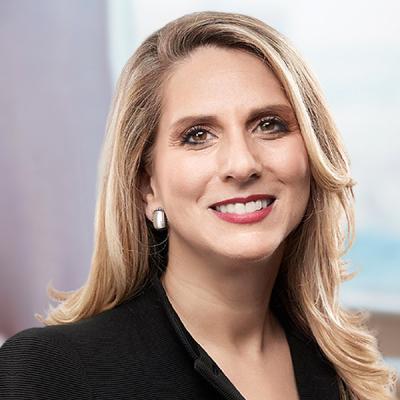Top 5 Takeaways from JPM 2024
As one of the industry’s most important life science investment conferences, I look forward to attending the J.P. Morgan Healthcare Conference (JPM) every year. The week-long event brings global health and life sciences industry leaders, emerging and more established biotech and medical device companies, and investors from around the world in one local for one-on-one meetings as well as many larger networking events.
In case you missed it, here are my top five takeaways from #JPM2024:
- This year’s event was still substantially less crowded than pre-Covid levels, as many companies preferred to avoid the high costs of attending and are increasingly relying on virtual meetings. However, quality more than compensated for quantity and we found it more productive and comfortable than the pre-Covid JPMs. No one asked me to pay $500 to rent a stool at Starbucks for an hour!
- The general view is that the tough financing environment is beginning to pick up and is expected to be even better during the second half of 2024.
- The environment for collaborations with big pharma is very active - with special interest in neuroscience, metabolic disorders, oncology, and AI drug development generally.
- The success of the glucagon-like peptide-1 (GLP-1) drugs is fueling much of the collaboration activity.
- While there is big interest in AI drug development, investors and companies are not quite sure how to diligence the AI, and thus a tendency to invest in the most reputable teams.
Finally, the hit of the week was the Mintz reception at August Hall, which was attended by over 900 people (and many who could not attend due to space allowances).
Author
Cheryl V. Reicin
Partner / International Chair, Life Sciences
Cheryl V. Reicin is the International Chair of Mintz’s Life Sciences practice and a trusted advisor to life sciences companies and significant investors in the US, Canada, and countries around the globe. She represents biotechnology, medical device, and health technology companies at all stages of their development as well as venture capitalists, investment banks, and academic medical centers.

